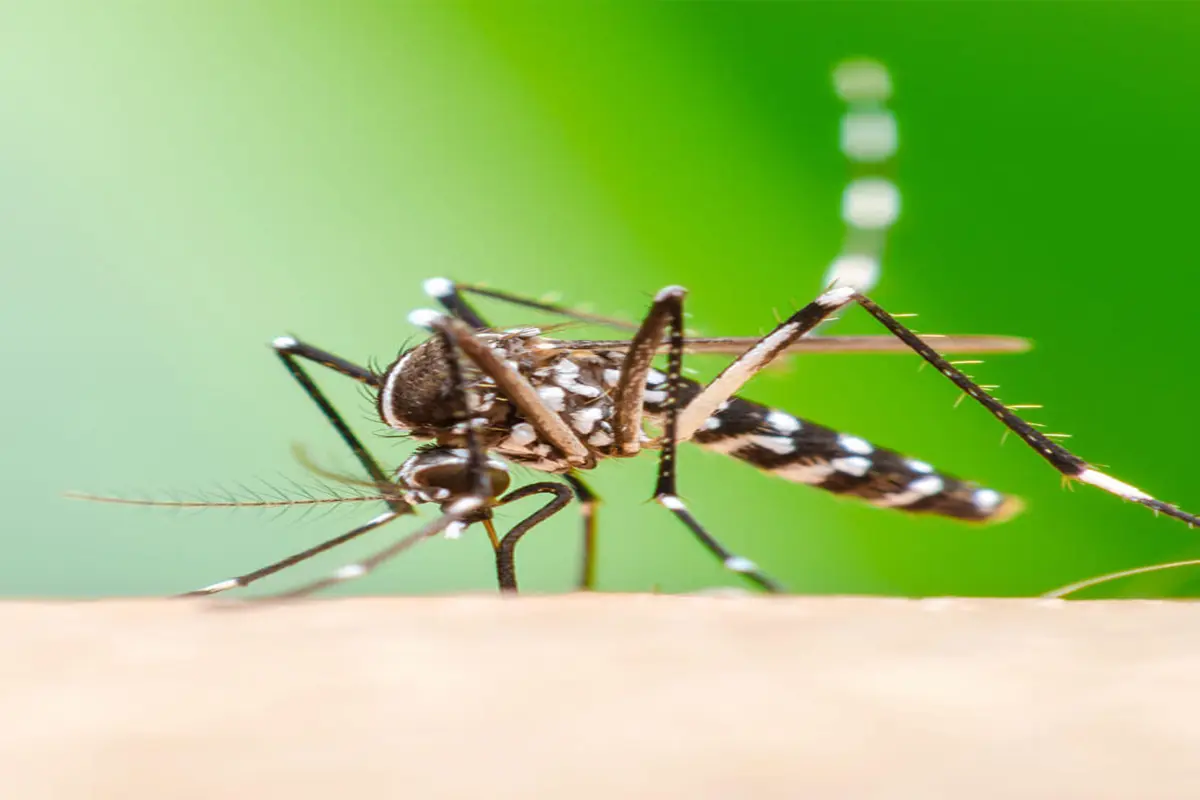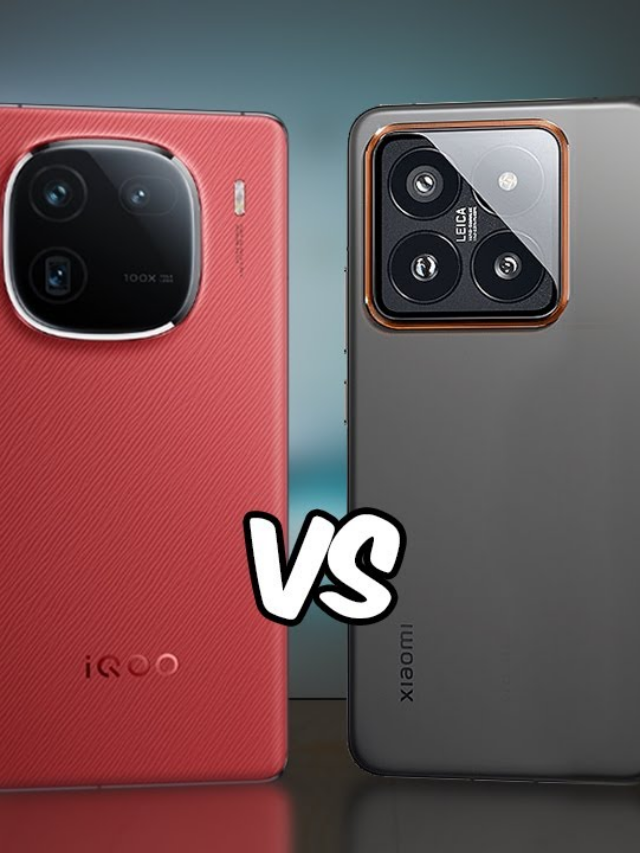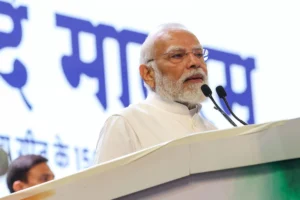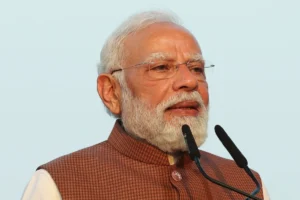
The discovery that the chikungunya fever virus can spread directly from cell to cell by researchers could aid in the development of efficient vaccines or treatments for the crippling and increasingly widespread mosquito-borne illness.
The research, which was published in the journal Nature Microbiology, most likely provides the answer to the long-standing question of how the virus, which is now posing a serious threat to human health, is able to avoid being neutralised by bloodstream antibodies. According to study leader Margaret Kielian, a professor at Albert Einstein College of Medicine in the US, “previously, chikungunya virus was thought to spread in the body by infecting a cell, replicating within that cell, and then sending new copies into the bloodstream that then infect new cells.”
“However, we’ve found that the virus can also hijack a host cell’s cytoskeleton—the proteins that support cells and maintain their shape. The virus causes the infected cell to send out long thin extensions that make contact with uninfected neighbouring cells, enabling the virus to safely and efficiently travel from one cell to another,” Kielian said.
“This mode of viral transmission may not only shield some copies of the virus from the host’s immune response, but it may also explain why symptoms of chikungunya infection can persist for many months or years,” added first author Peiqi Yin, a postdoctoral fellow in Kielian’s lab. Infections from chikungunya frequently result in chronic and disabling arthritis in addition to fever.
The chikungunya virus has developed into a significant and pervasive human pathogen over the previous 15 years. Millions of human infections have been brought on by numerous outbreaks in a variety of regions, including the Americas, Africa, Asia, Europe, and the Caribbean.
The use of cultured mouse cells was used in the study’s initial phase. The chikungunya virus, which the researchers used to infect the cells and cause it to express a fluorescent reporter protein, allowed them to see that infectious virus particles were in fact moving from cell to cell via ILEs. They claimed that despite the addition of significant amounts of neutralising antibodies to the culture medium, cell-to-cell transmission still took place.
The scientists looked at chikungunya infection in mice to confirm this mode of cell-to-cell transmission in living animals. Mice that were directly injected with the chikungunya virus after being first exposed to neutralising antibodies did not contract the disease. However, chikungunya infections in antibody-treated mice that were subsequently injected with virus-infected cells as opposed to just the virus did become resistant to the neutralising antibodies. Together, these studies demonstrate that ILEs facilitate intercellular virus transmission both in vitro and in vivo while protecting the chikungunya virus from antibody neutralisation.
In a final set of experiments, the scientists discovered that specific antiviral antibodies could stop the formation of ILEs and stop cell-to-cell transmission. In order to treat the chronic symptoms of chikungunya infection, Kielian continued, “If we can induce the production of such antibodies in human patients, or develop other methods to stop ILE formation.
Also Read: Study: Platelets Can Replicate Benefits Of Exercise In Brain
To read more such news, download Bharat Express news apps






































